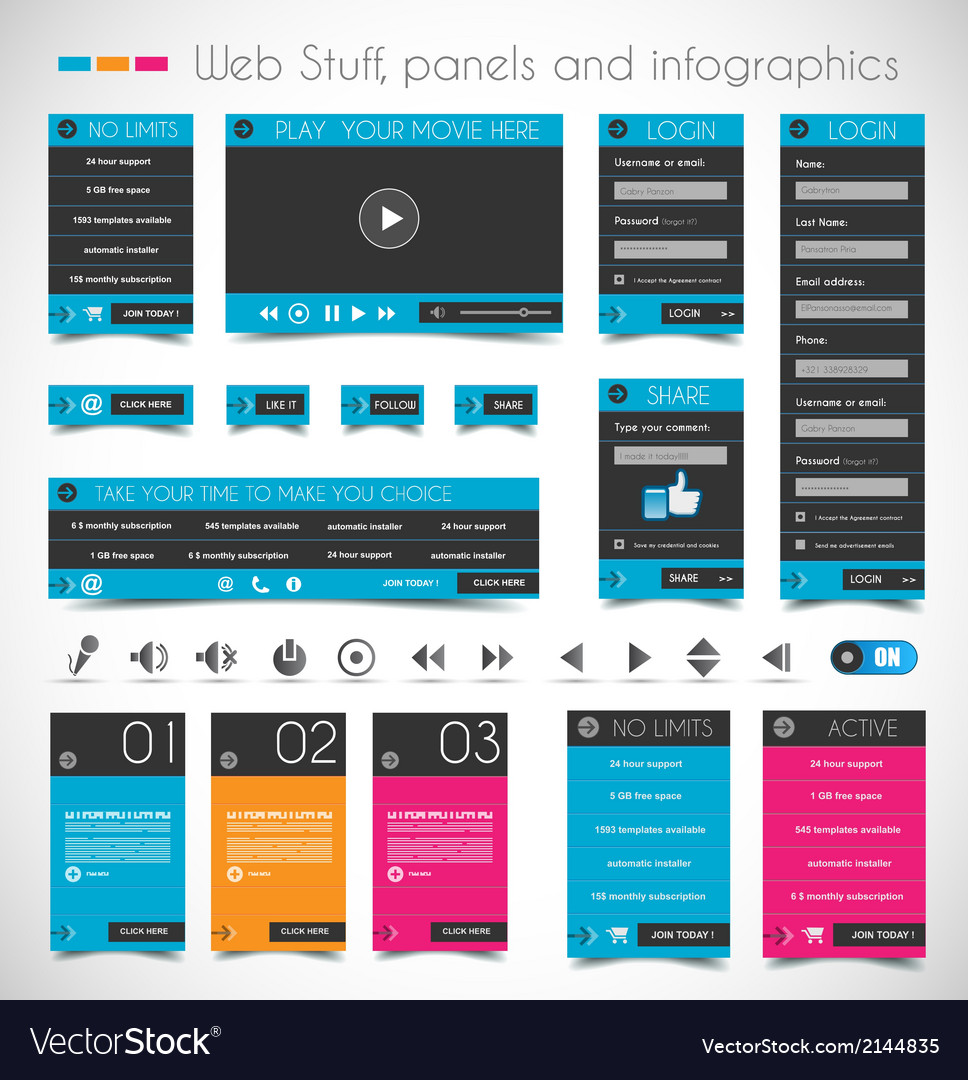Fascinated In Learning Just How Web Site Design Has Evolved Over The Years? Explore The Journey From Standard, Simple Styles To User-Centric User Interfaces That Prioritize The Visitor'S Experience
Fascinated In Learning Just How Web Site Design Has Evolved Over The Years? Explore The Journey From Standard, Simple Styles To User-Centric User Interfaces That Prioritize The Visitor'S Experience
Blog Article
Post Developed By-Monroe Dodson
In the past, internet sites were straightforward and concentrated on info. Navigation was straight, and design was for desktop computers. Now, user experience is essential. Information guides layouts for very easy navigating. Receptive layouts suit various gadgets. Today, dark mode minimizes pressure, and minimalist menus boost navigation. Interactive functions involve individuals, and bold visuals stand out. 508 compliant sites improves involvement. See exactly how design has evolved to enhance your on-line trip.
Very Early Days of Website Design
In the very early days of web design, simpleness reigned supreme. Web sites were standard, with minimal colors, fonts, and layouts. The emphasis was on offering info instead of fancy visuals. Customers accessed the web via slow-moving dial-up connections, so speed and functionality were essential.
Navigating food selections were straightforward, commonly located at the top or side of the web page. Internet sites were made for desktop computers, as mobile browsing had not been yet common. seo specialist company was king, and designers prioritized very easy readability over complex design elements.
HTML was the main coding language utilized, and designers needed to function within its restraints. Animations and interactive functions were very little contrasted to today's criteria. Internet sites were static, with little dynamic material or customized user experiences.
Increase of User-Focused Layout
With the advancement of internet site layout, a shift in the direction of user-focused design principles has actually become progressively famous. Today, producing web sites that prioritize individual experience is critical for engaging site visitors and accomplishing business goals. User-focused design includes comprehending the needs, choices, and habits of your target market to tailor the site's format, content, and includes accordingly.
Designers now conduct thorough research, such as individual studies and use screening, to collect insights and responses directly from users. This data-driven approach assists in creating intuitive navigating, clear calls-to-action, and aesthetically appealing interfaces that resonate with site visitors. By putting https://paxtonewnev.targetblogs.com/30387180/boost-the-performance-of-your-web-site-by-utilizing-on-page-seo-techniques-that-improve-your-on-line-exposure-and-engage-your-target-audience at the center of the design process, web sites can supply an extra personalized and pleasurable experience.
Responsive design has additionally become a vital facet of user-focused style, ensuring that websites are enhanced for various tools and screen dimensions. This adaptability boosts ease of access and use, accommodating the diverse means users engage with internet sites today. Essentially, the rise of user-focused design signifies a shift in the direction of creating digital experiences that focus on the needs and expectations of completion user.
Modern Trends in Website Design
Explore the most recent fads shaping web design today. One famous pattern is dark setting design, offering a sleek and modern-day look while minimizing eye strain in low-light environments. An additional crucial pattern is minimal navigation, streamlining food selections and boosting customer experience by concentrating on essential elements. Integrating micro-interactions, such as computer animated buttons or scrolling impacts, can develop an extra interesting and interactive website. Receptive layout continues to be vital, making sure smooth customer experiences across different devices. In addition, making use of vibrant typography and asymmetrical layouts can add visual interest and draw attention to details material.
Integrating AI technology, like chatbots for customer assistance or individualized recommendations, boosts customer engagement and improves processes. Accessibility has additionally come to be a substantial trend, with designers prioritizing inclusive layout techniques to deal with varied customer requirements. Accepting sustainability by maximizing site efficiency for rate and performance is another emerging pattern in website design. Collaborating with individual comments and data analytics to iterate and enhance style continuously is crucial for staying pertinent in the ever-evolving digital landscape. By accepting these contemporary patterns, you can produce a visually appealing, user-friendly internet site that resonates with your audience.
Verdict
As you review the evolution of internet site design from the early days to currently, you can see exactly how user-focused style has become the driving force behind modern patterns.
Welcome the journey of change and adaptation in website design, always keeping the user experience at the leading edge.
Keep existing with the latest patterns and innovations, and never ever stop developing your method to create visually sensational and easy to use sites.
Develop, adapt, and produce - the future of website design remains in your hands.
